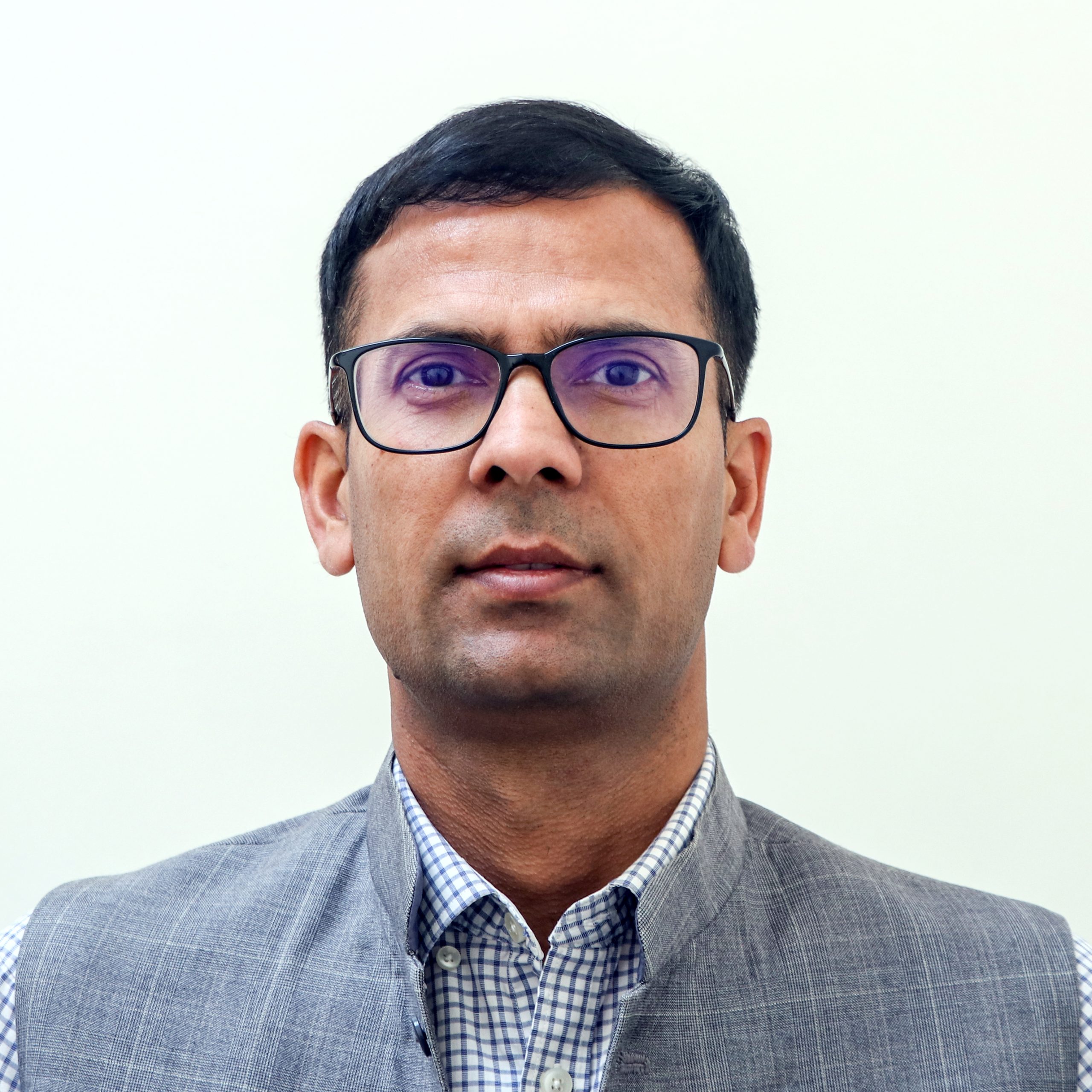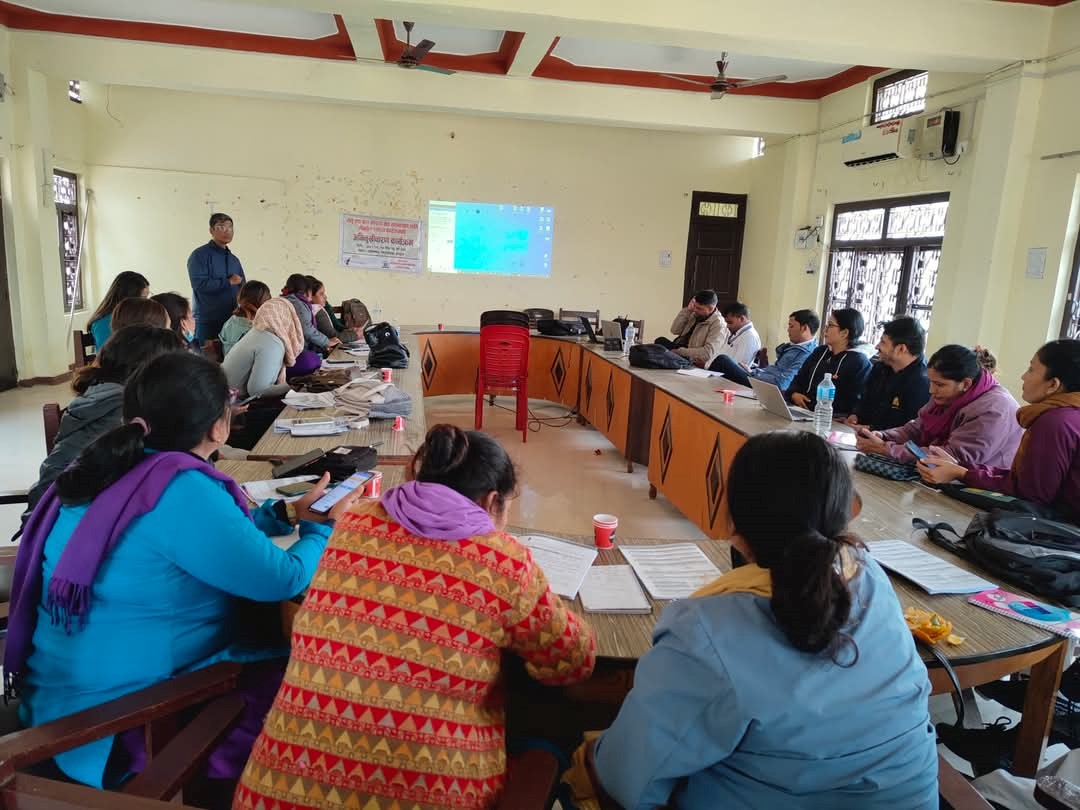On April 7, 1978, national governments and health and development workers signed the Alma Ata Declaration. The declaration called for urgent action by and the world community to protect and promote the health of all people.
Four decades since, this year’s World Health Day on April 7this the opportune time to explore, introspect and reaffirm this international commitment towards universal health coverage.
What isUniversal Health Coverage?
This year’s World Health Day theme calls for nations to assure Universal Health Coverage. Recent World Health Organization and World Bank Group estimate more than 400 million people still lack access to essential health services, and six percent of people in developing countries are tipped into or pushed further into extreme poverty because of health spending. Further the World Bank report: Going Universal claims that universal health coverage constitutes a triple win: It improves people’s health, reduces poverty, and fuels economic growth.
The concept is self-explanatory. Universal coverage means that all people are able to and are entitled to quality health services without suffering financial hardship. In the public health sphere, we use the cube diagram shown below to demonstrate the three dimensions that countries must consider in moving to attain universal coverage. In the cube below, horizontal length represent the population coverage while breadth represents service coverage and height reflects the level of financial protection. The goal thus is to expand the volume of inner cube in relation to the outer cube which will contribute in expansion of coverage in each of three dimensions.

The United Nation’s Sustainable Development Goals (SDGs) has also encompassed the essence of universal health coverage as a critical deliverable. As per the WHO estimates, per year per person USD $58 is required to achieve SDGs which will prevent 97 million premature death and adds 8.4 years of life expectancy by 2030 globally. Therefore, monitoring UHC by countries is essential to be able to report the progress on SDGs.
Specifically Goal 3 of “Ensure Health Lives and promote well-being for all at all ages” addressed this. The narration of the target 3.8 on UHC is to “achieve UHC, financial risk protection, access to quality essential health-care services and access to safe, effective, quality and affordable medicines and vaccines for all”. As illustrated in the figure below, monitoring universal coveragerequires measuring health service coverage, and financial protection within countries, including coverage among disadvantaged populations to track equity.
Measuring Target 3.8.1
The World Health Statistics 2016: Monitoring Health for the SDGs, defined the UHC Service Coverage Index based on a set of tracer indicators under four service categories namely; reproductive, maternal, newborn and child health; infectious diseases; non-communicable diseases; and service capacity, access and health security.
Based on 2015 data, Nepal ranked lowest together with Bangladesh in terms of UHC coverage as compared to the other countries of WHO South-East Asia Region (SEAR) as depicted in the figure below. However, a latest WHO report on SDG showed improved status of UHC for Nepal at 64% in 2017.

Although, this is a significant improvement, much needs to be done to increase the health service coverage, particularly in an equitable manner in the current federal context. Among the countries of comparison, Thailand is doing better with around 80% of the service coverage index while Timor Leste and Bangladesh have relatively low coverage index, approximately 50% as illustrated in the figure above.
Measuring Target 3.8.2
The other integral part of UHC concerns with the financial protection in health. This indicator captures the impact on a household’s living standard due to the health care spending. The financial protection is measured through two sub-indicators: (1) impoverishment, and (2) catastrophic health expenditure.
The percent of impoverishment for Nepalis 3.3% in 2015 meaning that health-care expenditure has caused 3.3 percent of the population to drop below the poverty line and hence threatens country’s overall goal of reducing poverty. Similarly, catastrophic health expenditure for Nepal was 27.4 percent meaning that more than a quarter of the population had to make relatively high spending for health care in the form of out-of-pocket (OOP) payment leading to financial hardship. Moreover, the OOP payments is one of the most regressive methods for financing the health care.
Diverse paths towards Universal health Coverage
There isn’t a uniform path towards universal coverage. It all depends on how countries generate revenues; how the health budget is; and how the health services are.
A large number of countries have increasingly adopted health insurance as one of the major instrument to move towards UHC. These include Philippines, Japan, Korea, and Indonesia. On the other hand, tax-based free health care approach is also a common feature in many other counties such as in Sri Lanka, Afghanistan, Thailand and United Kingdom. There is no “one size fits all” approach to universal coverage. Therefore most of the country rely on multiple instruments and blend different approaches to best suit them. For example, in the National Health Insurance Scheme of India, population below the poverty line are covered through government revenue while the implementation is done in collaboration with insurance companies.
Three-pillar approach for UHC in Nepal
Coming back to Nepal, the country has adopted a three-pillar approach to achieve universal health coverage. 
The first and basic pillar is the ‘Basic Health Services’ (BHS) which is primarily based on two programmes of the government; namely ‘Free Health Care’ programme and ‘Aama programme- free institutional delivery’. In Nepal, providing basic health services free of charge is the constitutional mandate although Nepal is yet to define legal base for basic health services as per the constitutional provision. Although basic health services are delivered mostly through both rural and urban networks of public health facilities, ensuring equitable access is still a daunting task given the geographical and socio-cultural barriers.
The health insurance programme, which was introduced two years back by the government, can be recognized as a second pillar for the UHC. This insurance programme now has its own Act which envisions an autonomous Health Insurance Agency and makes a provision for all to enroll in the insurance programme. Although it is a contributory scheme, this also addresses inequity by making the provision of subsidy for poor and targeted groups to ease their enrollment into the programme. At present the programme only covers 5% and the service coverage is capped at 50,000 Nepali Rupees. Access to services has improved as it covers both public and private facility along with referral networks. This programme deserves a great potential to be a major vehicle towards Nepal’s journey for UHC.
Besides BHS and health insurance services, all other targeted interventions can be grouped together as a third pillar of the UHC in Nepal. The range of services covered under the third pillar is relatively less and are usually targeted to special population groups. However, level of financial protection they provide is substantial. The example of the programme is Bipanna Nagrik Upachar Kosh- Underprivileged Citizens’ Treatment Fund. This particular programme, within the defined benefit cap, covers the medication and treatment of certain severe nature of diseases/health problems like cancer, heart disease, head and spinal injuries, dialysis, renal transplantation and Alzheimer’s, Parkinson’s and Sickle cell anaemia. Similarly the free treatment services for Kala azar, Malaria and Tuberculosis can be considered under this category. There is a need to better link these programmes with the health insurance package. These services can be introduced as a ‘top up’ package above the health insurance package through the government financing. This programme is instrumental to contain the impoverishment due to ill health and hence to contribute towards the nation’s overall goal of reducing poverty.
Federalism- an opportunity for the UHC
The historic local elections in 2017 and the country’s gradual transition into a Federal republic poses opportunities to bring heath care closer to the Nepali people. The constitution of Nepal has mandated delivery of the basic health services as the responsibility of the local government. However, standards and scope of the basic health services is the responsibility of the federal government so that uniform package of health services are delivered to the population all across the country. Following the elections at various levels, many political slogans and commitment on health were announced often not based on the local context and evidence without considering long term financial implications. The federal and provinces have a major role to play to support the local governments and harmonize health care programs with proper referral mechanism.
For the management of the health insurance, federal and provinces can play a major role including the arrangement of the subsidy for the enrollment of the poor and other target population. On the other hand, deviating from current costly approach, enrollment of households can be done through the municipality and their ward offices. This not only makes the enrollment process cost effective, but also connects households with the local governments and hence contributes to tighten the accountability structure. Finally, programs in the third pillar should ideally be managed primarily at the province level within the framework provided by the federal government. Given the increasing role played by private and non-government service providers, partnership with them should be promoted to ensure easy access to health services.
Way Forward
In order to realize Universal health coverage, ensuing easy access to cost effective health services through the free provision of basic health services is essential. Having legal provision for basic health services and rational allocation of resources are crucial to ensure equitable access to basic health services.
Expanding the coverage of health insurance both in terms of services and population is important. Immediate steps are expanding the coverage to formal sector and raising the ceiling on services. A clear demarcation line between basic health services and health insurance service package should be defined so that there is no duplication and essential services are covered.
As medicines are the dominant component of overall spending in the health sector, they should be effectively regulated to promote healthy competition among the producers while encouraging domestic production of quality medicines.
Earmarking resources for health so that minimum level of funds are secured for the health sector. Health insurance is an approach for this, another can be earmarking a fraction of sin taxes to the health sector.
Link the resource allocation to specific criteria in a transparent manner such as in the form of formula so that all the local governments and various levels of health institutions receive resources based on local need as well their performance.
Providing greater autonomy to the health institutions so that they have flexibility in internal management of the health facility but regulate more on the outputs i.e. services they deliver both in terms of quantity and quality of the services as well as price of the services. Currently, the price of the health services varies substantially from one to another health institutions for no meaningful reason.
Gradually shifting from ‘input’ to ‘output’ based financing, with due concern on equity, so that healthy competition is created among the service providers for quality improvement and cost containment. Aama and health insurance program have already adopted this approach.
-(Dr. Kishori Mahat and Dr. Ghanshyam Gautam are affiliated to HERD International, Thapathali.)
This blog is originally published in www.swasthyakhabar.com
http://www.swasthyakhabar.com/news-details/23631/2018-04-07












Comments (0)
No comments found.